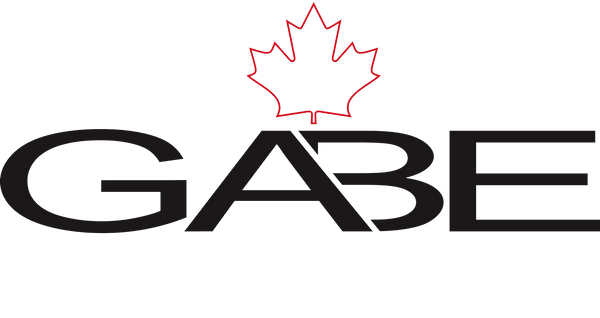Prepared-For-Garment-Dyeing (PFGD) Program
Gabe Clothing offers prepared-for-dyeing services (PFD) tailored to your specifications.
Our process is designed to ensure that your fabrics are perfectly prepared to accept dyes uniformly and accurately, resulting in vibrant, long-lasting color for your apparel.
We use state-of-the-art equipment to deliver exceptional results, and we’re committed to providing a seamless and efficient service with fast deliveries.
PFGD – Prepared For Garment Dye
- Allows you to order any items within our blank program or done using our full manufacturing program in any custom dye colour of your choosing
- Timeframe for orders is 6-8 weeks.
- MOQ is dependent on weight but is usually 100 pieces. The exception is if the order is made up exclusively of light t-shirts, in which case the MOQ will be around 200 pieces.
- Orders can be placed through email at info@gabeclothing.ca, send us your pantone colour or swatch to match.
We Offer Two Types of Dye Finishes
Reactive dye – For Solid Consistent Colouring
This dyeing process involves using any of a class of highly coloured organic substances that attach themselves to their substrates by a chemical reaction that forms a covalent bond between the molecule of dye and that of the fibre. The dyestuff becomes a part of the fibre and is much less likely to be removed by washing than dyestuffs that adhere to adsorption. Reactive dyes are the most permanent of all dye types and are the most common type of dye used on cotton and other cellulose fibers.
Pigment Dye – For Vintage, Faded Look.
This process of dyeing involves applying color to fabrics in solid particles (pigments) that cover the surface. Pigments are insoluble in water and exist in the form of finely ground molecules, milled for garment dyeing purposes into a paste. When anionic dispersing agents are added, a slightly negative charge is present, thus the foundation for pigment dyeing is born. When a positively charged cationic pre-treat is added to the fiber a magnetic bond is formed. The process is complete when a cationic binder is added to “lock” the pigment into place. In pigment dyeing no actual chemical reaction takes place between the dye and the fabric. The advantages of pigment dyeing are its applicability to a wide range of textiles and colors, its affordability, less toxic and environmentally harmful chemicals, and color fades after repeated use.
Additional Notes
- There is a slightly higher tolerance for sizing since each dye batch/process yields different shrinkage results.
- Pigment dye has a larger tolerance when compared to your original colour selection
